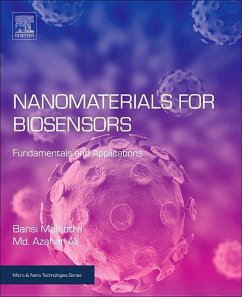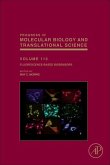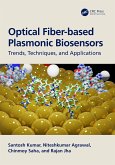A detailed examination of the properties, preparation methods, and applications of nanomaterials used in biosensing, giving readers a solid understanding of how different nanomaterials should best be utilized. A detailed study into how nanomaterials are used to enhance sensing capabilities in biosensors, allowing biomaterials scientists to create more effective biosensors. Explains the properties, characterization methods and preparation techniques of the nanomaterials used in biosensing, allowing biomaterials scientists and engineers to utilize each nanomaterial to its maximum effect. The book is arranged in a material-by-material way, making it clear exactly what each nanomaterial should be used for. Nanomaterials are becoming increasingly important in the development of biosensors because of their capability to provide strong electrocatalytic activity, stability and minimize surface fouling of the sensors. This book provides a detailed summary of the main nanomaterials used in biosensing, and how each is applied. The book covers recent developments in nanomaterials for the fabrication of biosensor devices for healthcare diagnostics, food freshness and bioprocessing. The various processes used for synthesis and characterization of nanostructured materials are examined in detail. In addition, the design and fabrication of bioelectronic devices using nanostructured materials as building blocks is explored. Looking at individual nanomaterials, the book looks at the role of bio-conjugation of nanomaterials in the construction of nano-biointerfaces for application in biosensors. Such applications, including metal nanoparticles, metal oxide nanoparticles, nanocomposites, carbon nanotubes, conducting polymers and plasmonic nanostructures in biosensing are discussed relative to each nanomaterial concerned, whilst electrochemical factors are also explored. Recent advancements in protein functionalized nanomaterials for cancer diagnostics and bio-imaging are likewise included. The aim of this book is to summarize the fundamentals of the main nanomaterials used in biosensing in order to provide readers with a systematic and coherent picture of how nanomaterials are used in biosensors.
Bitte wählen Sie Ihr Anliegen aus.
Rechnungen
Retourenschein anfordern
Bestellstatus
Storno








